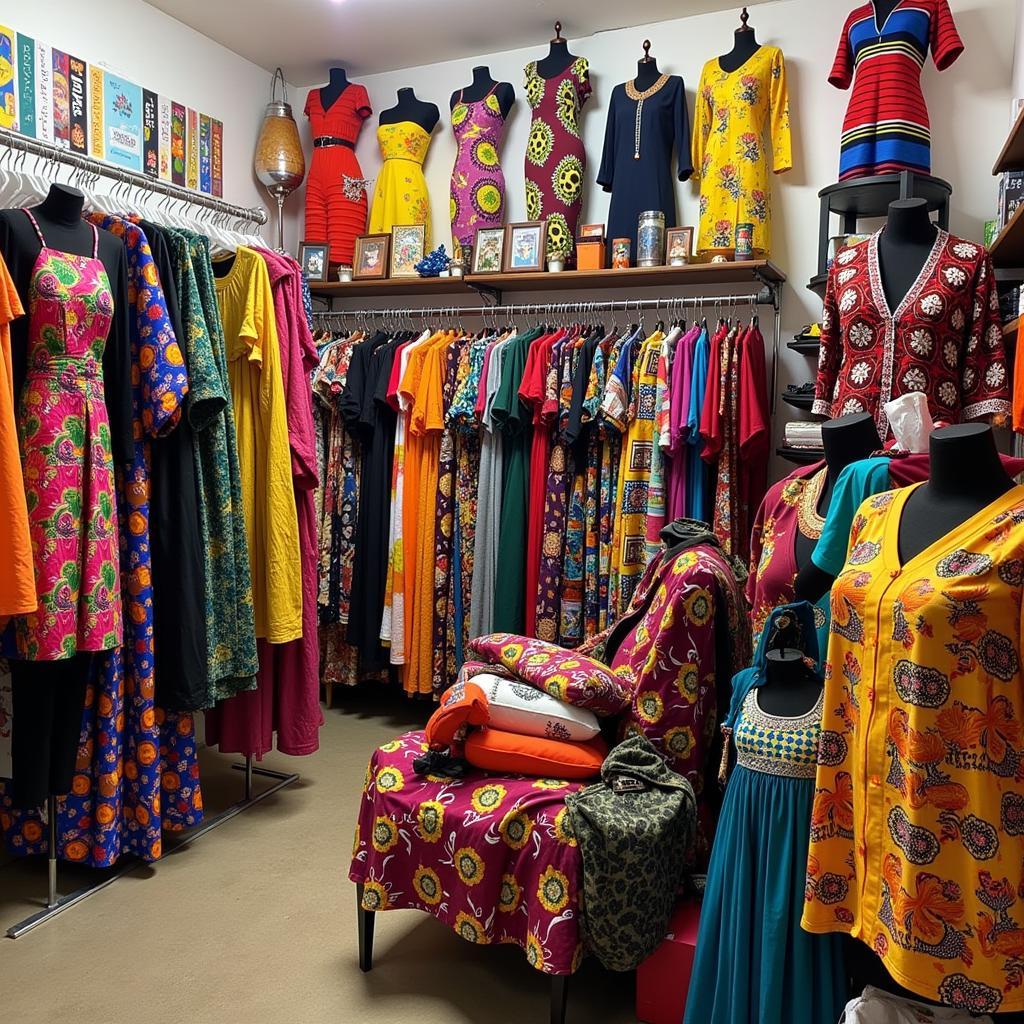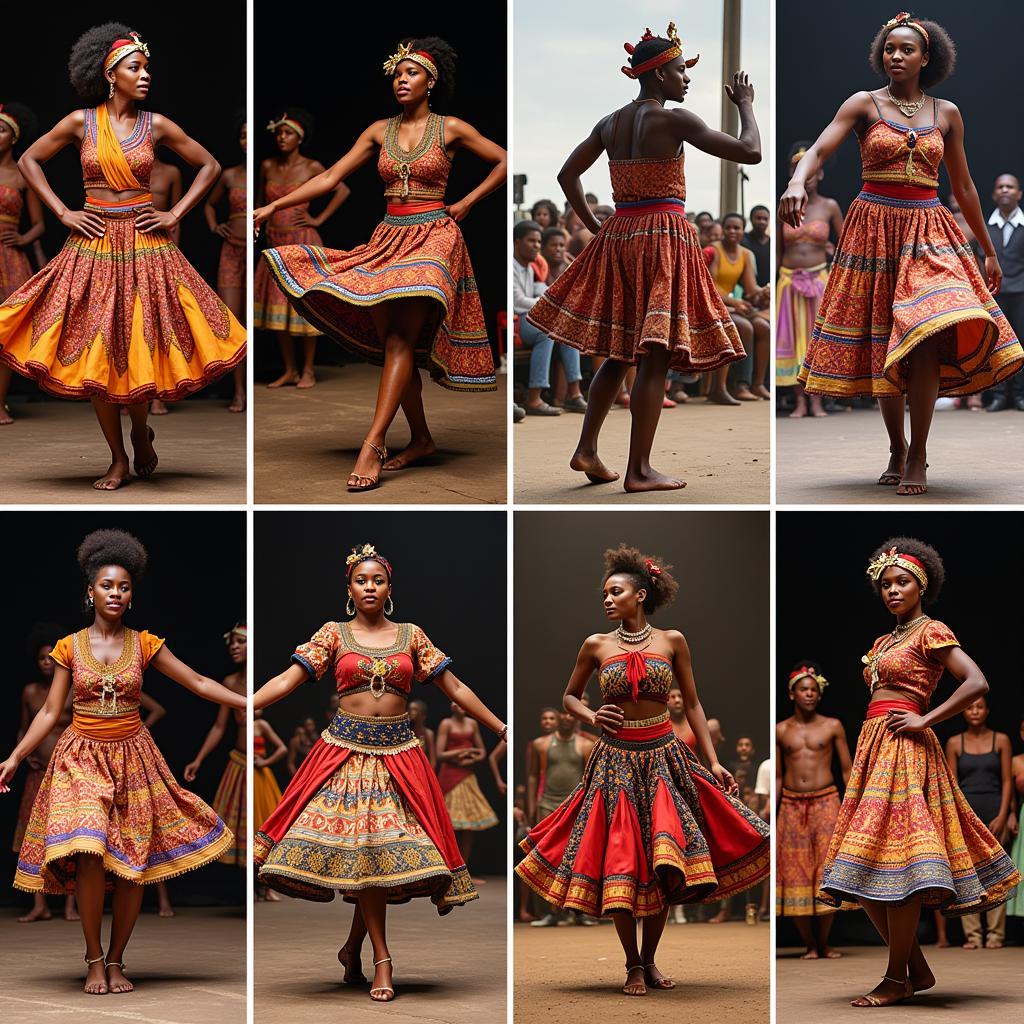African Countries HDI Compared to Indian States
When exploring development disparities, comparing African countries’ HDI with Indian states offers a fascinating lens. This comparison reveals nuanced insights into the complex interplay of factors influencing human development within and across diverse geographical regions. It allows us to move beyond broad generalizations and delve into the specifics of progress and challenges faced by different populations.
Unpacking the Human Development Index (HDI)
The HDI serves as a composite statistic, measuring key dimensions of human development: a long and healthy life, access to knowledge, and a decent standard of living. By combining these indicators, the HDI provides a more holistic picture than simply focusing on economic growth, such as GDP per capita. It highlights the importance of investing in health, education, and overall well-being to achieve sustainable human development.
African Countries HDI: A Diverse Landscape
Africa presents a vast and varied landscape of HDI scores. While some countries, like Mauritius and Seychelles, boast relatively high HDI rankings, others grapple with significant development challenges. This disparity within the continent underscores the need for tailored approaches to development, recognizing the unique contexts and needs of each nation. Factors such as political stability, infrastructure development, access to resources, and historical legacies play crucial roles in shaping HDI outcomes.
Indian States HDI: A Subcontinental Comparison
Similarly, India exhibits a wide range of HDI values across its states. From Kerala, often lauded for its high literacy and health indicators, to states facing greater development hurdles, the internal variations within India are substantial. This internal comparison allows for a more granular understanding of how different policies and social factors contribute to human development within a single nation. It highlights the importance of regional-specific interventions to address disparities effectively.
African Countries HDI Indian States Compared: Drawing Parallels
Comparing African countries’ HDI with Indian states offers a compelling analytical framework. While direct comparisons should be made cautiously due to differing methodologies and data collection practices, the exercise can reveal valuable insights. For instance, some Indian states may exhibit HDI scores comparable to, or even surpassing, certain African nations. This observation prompts us to examine the specific factors driving these outcomes.
“Examining these parallels can highlight successful strategies employed in certain Indian states that could potentially be adapted and implemented in African countries facing similar challenges,” notes Dr. Anika Sharma, a development economist specializing in Sub-Saharan Africa.
Beyond the Numbers: Qualitative Considerations
While the HDI provides a useful quantitative measure, it’s crucial to acknowledge its limitations. The index doesn’t fully capture qualitative aspects of human development, such as social inclusion, gender equality, and environmental sustainability. These factors are essential for a comprehensive understanding of well-being and should be considered alongside HDI rankings.
Factors Influencing HDI: A Complex Interplay
Numerous factors contribute to HDI disparities, including historical context, political stability, economic policies, social structures, and access to resources. Understanding this complex interplay is critical for designing effective development interventions.
“Effective development strategies must address the root causes of inequality and empower local communities to drive their own progress,” emphasizes Professor Adebayo Olufemi, a leading expert on African development.
Conclusion
Comparing African countries’ HDI with Indian states offers valuable insights into the multifaceted nature of human development. By examining these parallels and considering the broader context, we can gain a deeper understanding of the challenges and opportunities involved in promoting human well-being across diverse geographical regions. Further research focusing on specific case studies can provide even more granular insights and inform targeted development interventions.
FAQ
- What is the HDI and how is it calculated?
- Which African countries have the highest and lowest HDI scores?
- Which Indian states have the highest and lowest HDI scores?
- What are the limitations of using HDI as a measure of development?
- What are some key factors that influence HDI rankings?
- How can comparing African countries and Indian states inform development strategies?
- Where can I find more detailed data on HDI for specific countries and states?
For further information on African culture, history, and current events, explore our other articles on African Life. We also have resources on specific African countries and their development trajectories.
If you need any assistance or have questions, please contact us: Phone: +255768904061, Email: [email protected] or visit us at Mbarali DC Mawindi, Kangaga, Tanzania. We have a 24/7 customer service team.

